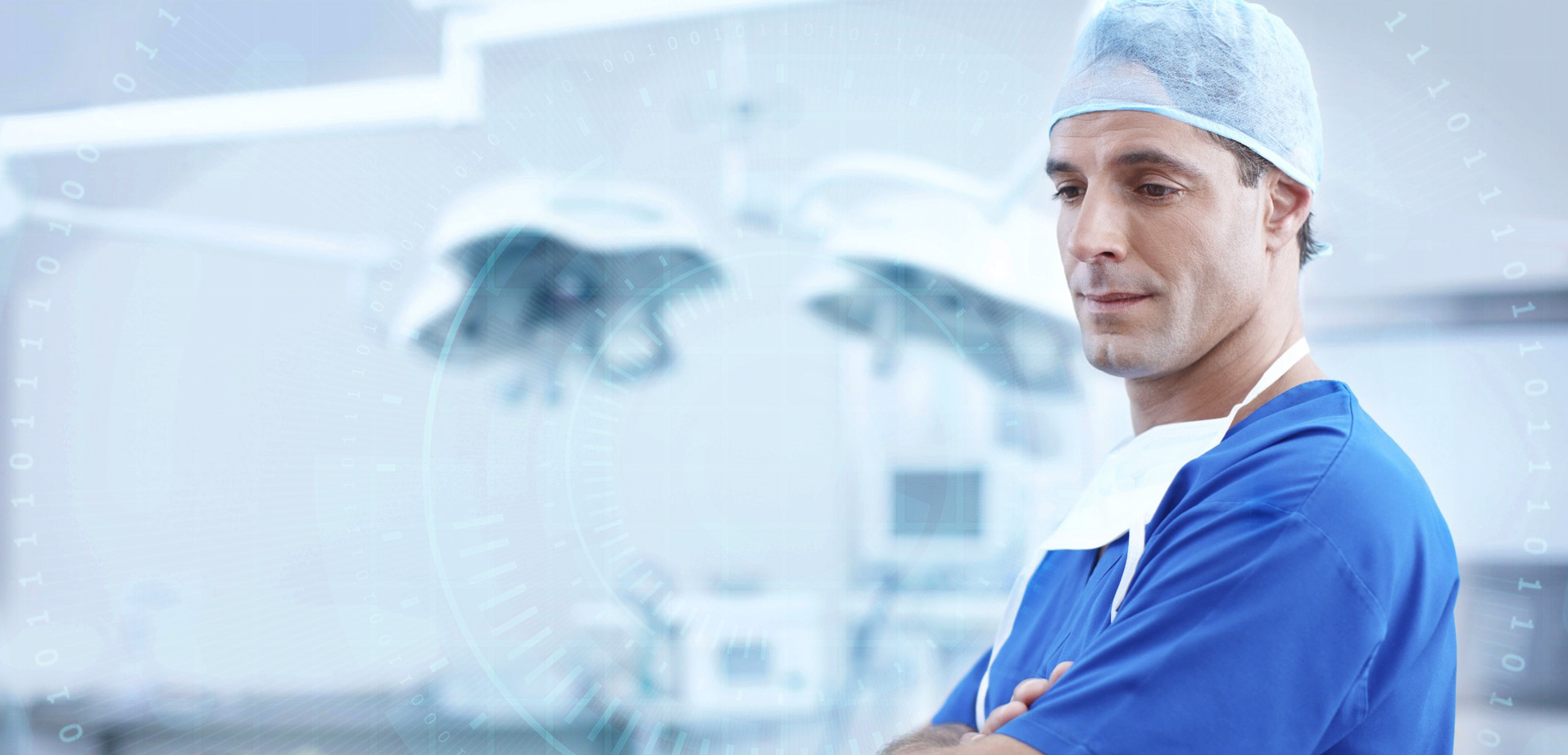COVID-19 – A NEW KIND OF TEST TO CRITICAL COMMUNICATIONS
In the last months we have experienced a global crisis. From the initial shock and uncertainty, via lock-down and curfew to careful attempts to re-open, to restore the feeling of control on all levels. During the whole process the societies are constantly searching new understanding about the virus and adjusting their approach to the epidemiological, social, and economical handling of the crisis.
In every country, the organisations responsible for managing and mitigating the health and safety consequences of the pandemic – are the same organisations that our industry likes to refer as “Critical Communication Users”. From first responders – paramedics, fire fighters, police – to doctors and nurses, social workers, border guards & customs officials – all are in the front line to guarantee medical services, safety, and security for the rest of us.
While under stress and often lacking resources, these organisations are doing what they do: deal with incidents and do their job with admirable calm and professionalism. While on society level there is a “crisis”, for the responding organisations this is simply what they do. The scale of actions is the only difference.
The Critical Communications industry is providing the communications systems, equipment, applications and systems that support the collaboration, command and control for these organisations. What has the effect of the crisis been for the tools?
Critical Comms equipment and Systems under a new type of test
While any major incident always puts the communications systems under real test, this time it’s different. The crisis has long duration, it is affecting all agencies on some level, it is affecting all regions and countries at the same time. A “minor impact everywhere” is still manageable.
-
Need for more radios and network capacity.
Many organisations, especially on the health-care sector as well as police, have faced the need for more terminals. More resources have been pulled to handle the situation, so the overall terminal amounts have not been sufficient. While in most countries the fleet maps have been designed to support major incidents and collaboration between agencies, the new terminals need to be programmed accordingly, keeping the operator staff busy. New talk groups for new types of teams are also needed.It is also noteworthy, that while preparedness plans are in place precisely for this kind of surprising circumstances, many organisations may not take it too seriously in daily normal operations. Now there has been a need to catch up with both the equipment and user training.
Network capacity extensions have been needed in many places, where the load of base stations has grown significantly compared to normal load and dimensioning, especially when large health-care organisations are served. Overall, the traffic increases have varied locally, from slight to significant. The operator processes and management systems providing real-time view to network capacity are invaluable to monitor the situation so adequate capacity can be provided.
-
New types of collaboration needed.
The COVID-19 has increased the need for new types of group communications. A large amount of people is e.g. working at hospitals where they normally do not work. It is clear there is not enough PMR radios for them, and still they benefit from group communications. The flexibility of smartphone apps for voice comms and collaboration has been proven more flexible in providing comms capabilities for new users. New cross-organisational teams are built to e.g. suppress local outbreaks of the epidemic. -
Flexibility of New digital tools and mobile apps.
In this new situation the mobile apps are the prime candidate for many solutions to collect, analyse and share information.
